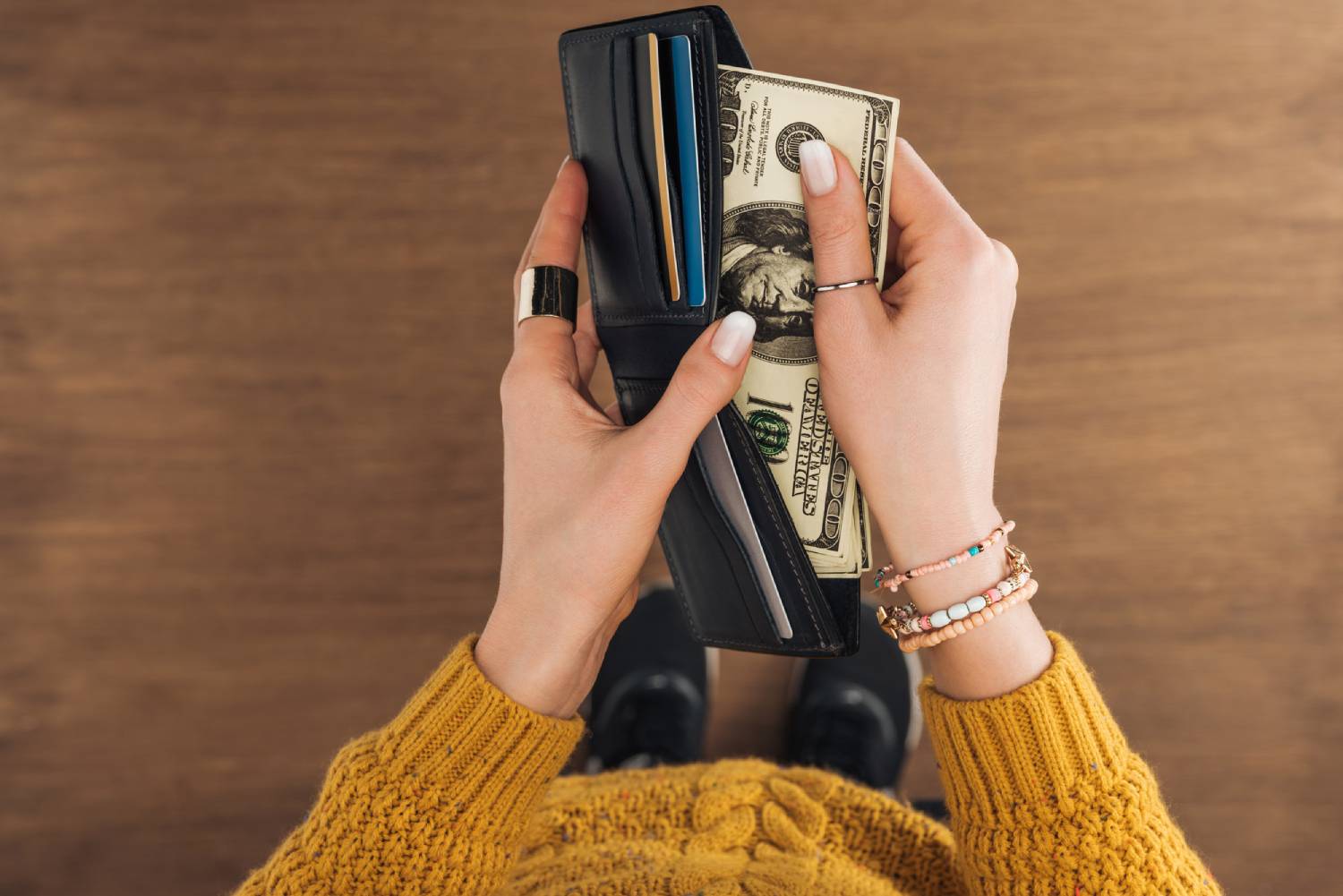

I’m on a constant mission to downsize my wallet. I’m tired of a bulky billfold, bursting at the seams, digging into my rear end every time I sit down. I’d get rid of all my credit cards if I could, but for now, I’ll settle for a super-slim clip—with all the non-essentials offloaded to my phone.
Get rid of temporary junk you don’t need
Start by clearing out the cruft that doesn’t have to travel with you: business cards, extra receipts, that long-expired coupon for tacos—you know, the junk. I’m not saying you need to trash everything, but you don’t need to keep it in your wallet. Those receipts can go in a folder in your house, and business cards can go in a business card book—or, better yet, you can go all digital.
For receipts, scan them or snap a photo before trashing them—you can take a regular photo with your phone camera or use an app specialized for scanning documents. PhotoScan (available for Android and iOS) was designed to digitize print photos, but it’ll also tweak and crop your receipts for better legibility. You can do the same with those business cards, which you can then store and organize in an app like Evernote—which also makes the text in your documents searchable for easy access. Or, if you have the time, just transfer the information on them into your online address book.
Stick to a couple debit and credit cards

If I could ditch all my credit cards and just use Google Pay, I would. But Apple and Google Pay aren’t quite as ubiquitous as I’d like yet, so credit cards are still a necessity—for now. I recommend picking one, maybe two credit cards to carry with you—and your main debit/ATM card for emergencies when you need cash. If you have a lot of credit cards and aren’t sure which ones to take with you, pick the ones with the rewards categories you’re most likely to encounter out and about—like groceries.
Then, put the rest of your cards on your phone. Check out our guide to setting up Apple and Google Pay for step-by-step instructions—trust me, you won’t be disappointed. It’s actually faster than using a card these days, since those chips take so long to process. If you have a smart watch that supports your payment system of choice, you can make your life even easier by paying without taking your phone out of your pocket.
Ditch the insurance cards, loyalty cards, and other miscellanea
Now it’s time to get into the nitty-gritty—all the other seemingly-important cards you carry with you. These add a lot of bulk, and you might be surprised how few of them you actually need.
Start with your health and auto insurance cards. You rarely need to access them, so there’s actually no need for you to devote precious space to them in your pocket. Your insurer probably provides a digital “card” in their mobile app, or you can snap a photo of both sides of the card and keep it in an app like Evernote or Dropbox for easy access when you need it.
According to Allstate, every U.S. state except New Mexico allows you to use a digital insurance card when pulled over—but you may want to double-check the laws in your state before ditching the paper copy. You could keep those cards in their glove box, but the National Insurance Crime Bureau recommends against this, since it usually contains personal information that tells car thieves where you live.
Next up: loyalty cards. You probably already know that you don’t need these. Almost every grocery or retail store with a loyalty program will either give you a smaller card for your keychain or, even better, let you type in your phone number to get your benefits. In short, there’s absolutely no reason to carry this card in your wallet.
For the few cards you actually do need in physical form—for example, my family’s annual passes to the San Diego Zoo—you can either keep them in your car’s glove box (if they don’t contain too much personal information), or put them in a container by the door of your house, so you can grab them on your way out.
Put it all in a slim money clip
The traditional bi-fold wallet is not the most efficient use of space. Your wallet’s leather adds more bulk than you might think, so once you’ve slimmed down its internals, slim down the wallet itself with a space-saving money clip. I’ve been using this Tumi model for years, but there are cheap minimalist wallets, too, not to mention some more unique options like the Ridge wallet. Alternatively, you can go with one of the ever-so-fashionable card holders on the back of your phone, or a full smartphone case with a wallet built-in. Just try to avoid things that fold—the more layers you have, the bulkier it’s going to be in your pocket.
